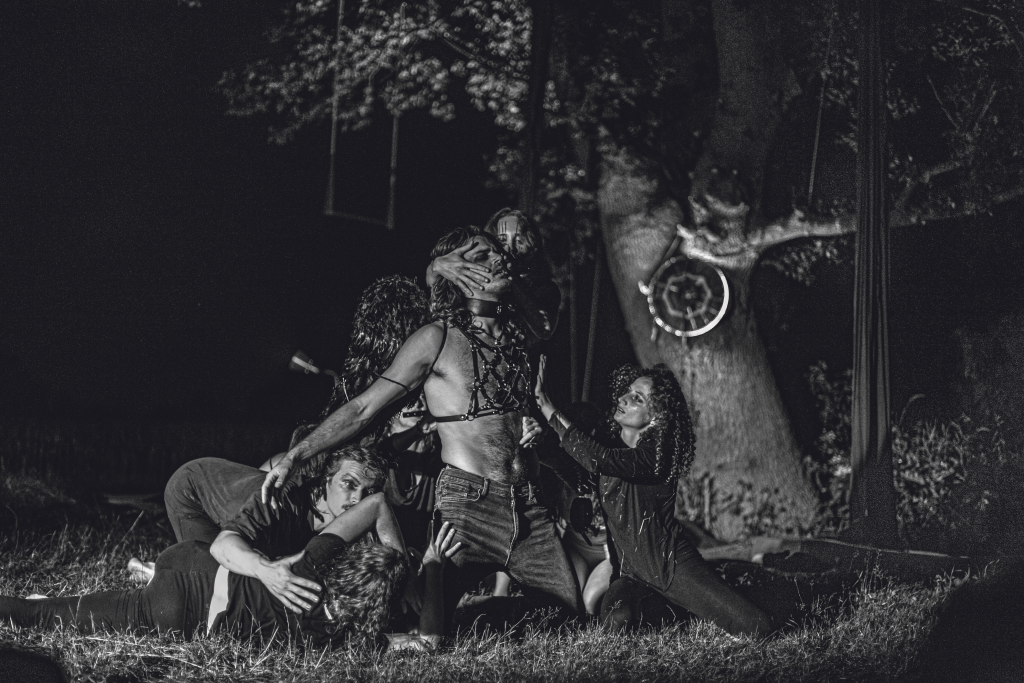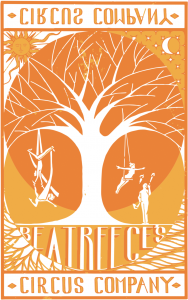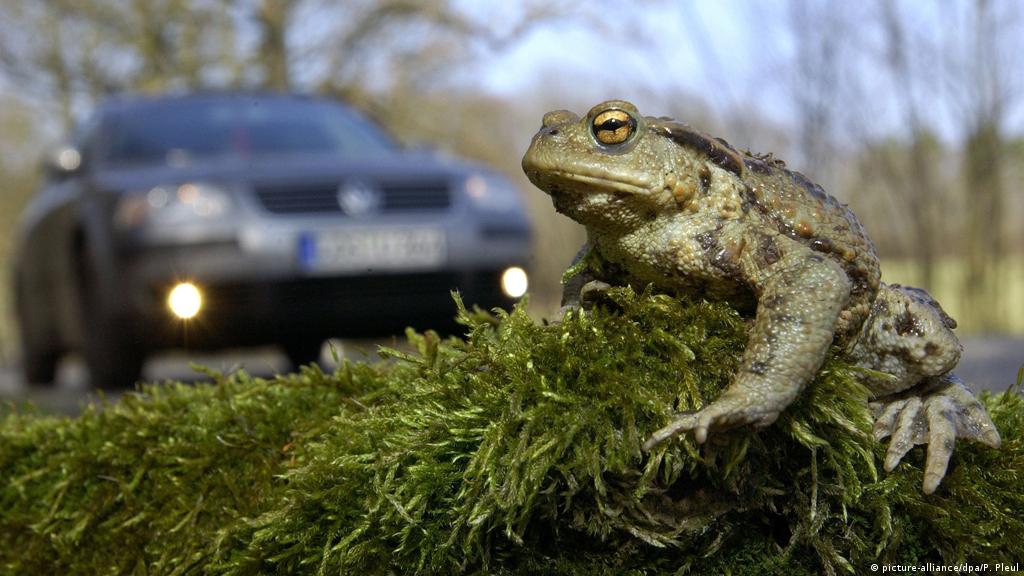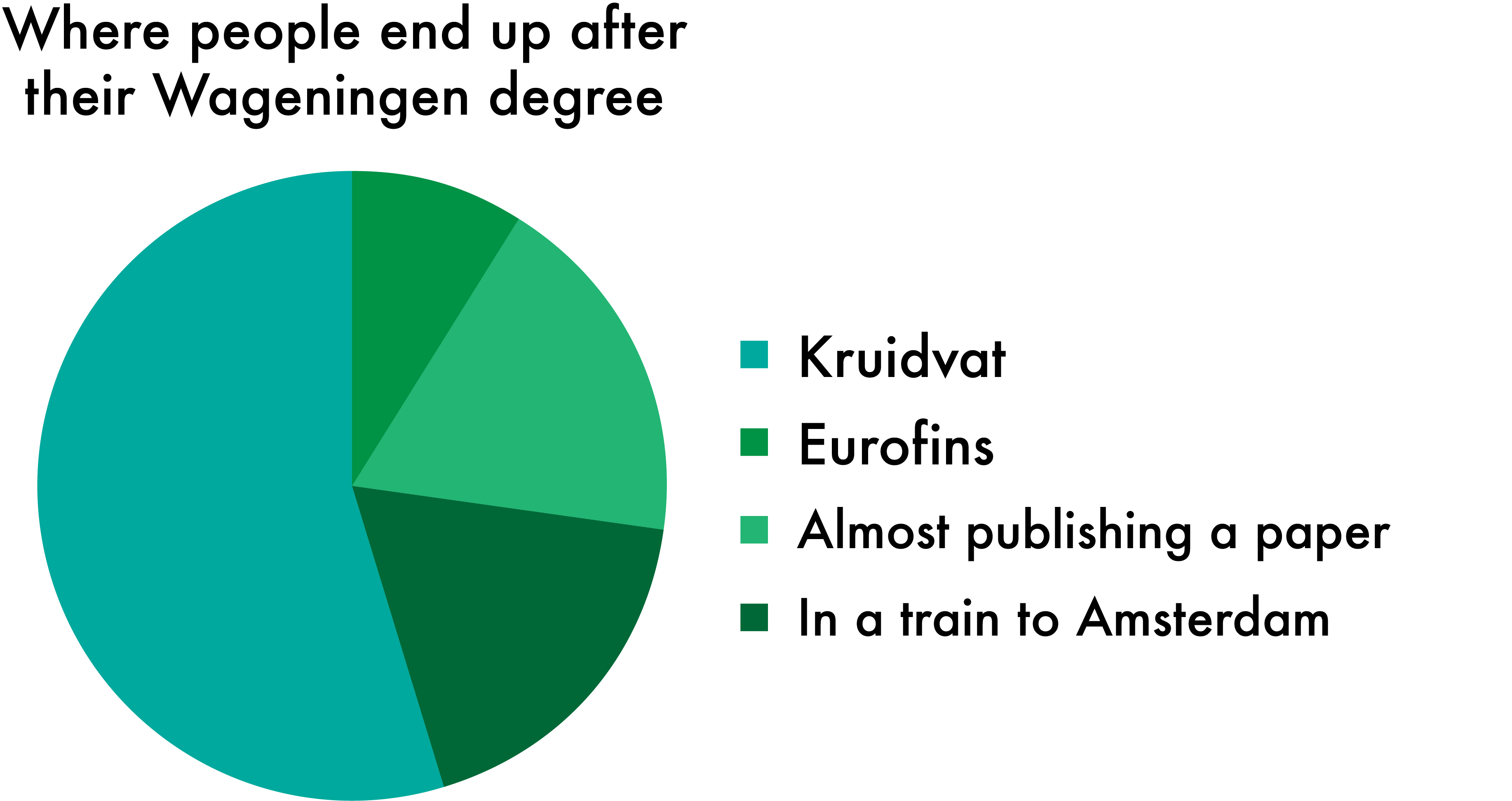I am involved in Beatreece Circus, a project that started almost two years ago and that in 2021 gave birth to Divina Tragedia: tales of (dis)empowerment. This was a circus show with aerial acrobatics, fire shows, theater and drag queens, telling stories about oppression in its different shapes, created by a group of friends who are all doing their thing at WUR. In doing so, we have been part of a challenging and wonderful creative process far from our routinary tasks as students or young scientists. Some things came to mind during this process and I wanted to share them with you.

Time goes by, summer arrives, and you decide to go back home to visit your family for a while. Take a little break from the Wageningen bubble. But something is different. Days and weeks pass, and you still have heard nothing about permaculture or the future of the arctic penguins. At some point you miss your Wageningen friends, so you get brave and try to have a melancholic conversation about the latest climate science, with your parents after dinner, or at the bar with your friends from school, and… BAM! People look at you like some mysterious creature speaking in an alien language, the conversation quickly dies because no one finds it interesting, or they just agree to whatever you said even though they did not understand a thing, but the football match is about to start. Then, like a sad puppy you return to your corner of the sofa to think, is it only me, or is science a million miles away from society?
Lets face it, we are in a bubble of people that study and research how to make the world a better place, but once you get out of the bubble, people don’t have a clue what you are talking about… great! I am no marketing or communication expert, but I would say that this is not the best strategy to spread ideas. But is there a good way? If people are not in this field, it is more complicated to reach them and have them gain interest and understanding in what you have to say. Basically, in the same way I do not know how to build a helicopter or define the new trends in the autumn-winter season of the fashion industry. Luckily, there is one thing that everyone shares whether you are an environmentalist, a lawyer, a waiter or an astronaut, and that’s CULTURE. Culture is entertainment, consumed by going to the theatre, to the cinema, to a concert or to an art exhibition (unfortunately only for those who can afford it these days…). Everyone reads books, listens to music or watches shows on their laptops. But science, including all of us, is failing at being a part of that, which leads to you looking like a freak after dinner with your friends. What if we could be part of culture? What if we could make art from science? Would that become a bridge between us and society? Can we listen to science? Can we photograph science? Can we dance or express science through our body movements?
Entertainment is transversal, all of society consumes culture in its multiple shapes and forms. Culture connects us, inspires us, and allows us to get out of our daily lives and struggles. It gives us air, an escape from our reality by connecting with the artistic expression of those who share it with the world. These days, connecting with artistic expression is often limited to doing so as a spectator, since self-artistic expression has been forgotten and left aside. Art is hardly a priority or given enough importance to take a central role in our lives. Does that help the scientific community?Is it positive that we are disconnected from our imagination and creativity? Or is it counterproductive? There are millions of ways of creating art or expressing ourselves, through writing, painting, music, moving, dancing, singing, sculpting, taking pictures… Whichever way one feels more comfortable with, exploring this part of one’s self can bring only good. Allowing the mind to go places and leave the squared repetitive routine, letting imagination and creativity take control changes the perspective of how we understand things, gives us a different pathway for making sense of reality, a diverse point of view. Can that help us in our mission to turn the world upside down and find solutions to the pressing challenges that don’t let us sleep at night? I think so.
If we were to connect with either our own artistic expression or with those who do that for a living, could we bring science closer to society? Imagine if the IPSS climate change scenarios were used for the next Hollywood Sci-Fi movie? Like an actual movie, not based on a book or on someone’s extraordinary imagination, but based on the work of scientists describing what the future will look like depending on the decisions we make now (of course including a ridiculous love story and some drama). Or making art expositions with images from our microscopes? Visual art for music videos or festivals? Exploring music and sound and movement? Could we avoid that uncomfortable after-dinner conversation at home, and instead have our friends and families speak the same language we do?
 As of right now, at WUR you can take some courses on scientific divulgation and communication, and we have a giant beetle on the pond between Forum and Orion as the most apparent work of art. If you live here, science is what you’ll focus on, the real stuff, and maybe after you are done with your academic or working day, you can engage in some artistic or expressive activities.
As of right now, at WUR you can take some courses on scientific divulgation and communication, and we have a giant beetle on the pond between Forum and Orion as the most apparent work of art. If you live here, science is what you’ll focus on, the real stuff, and maybe after you are done with your academic or working day, you can engage in some artistic or expressive activities.
What if WUR partnered up with some fine arts university? And we all had to take a few courses there? Or have group work with students of other completely different disciplines, where we were challenged to find visual engagement and humanisation of science?
Anyway, all of this was just a bundle of my own thoughts, I do not have the formula for how it should be done, but I encourage everyone to get on it. Do not leave art aside, consume it, explore it, and make it part of yourself.
Robert M. Vardredi


